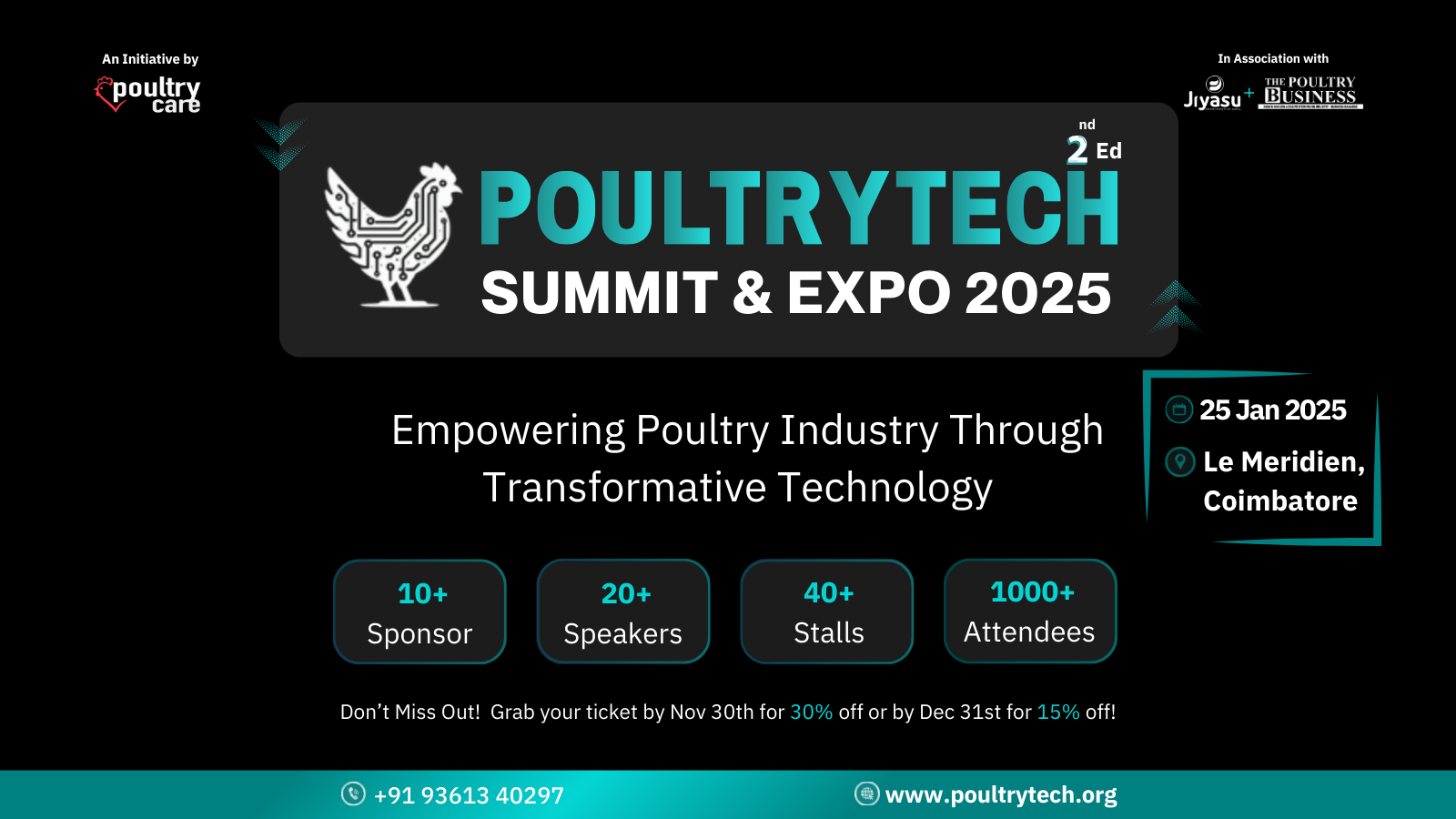In contract broiler farming, the feed mill plays a silent but critical role. It sets the nutritional foundation for bird health, growth, and overall farm output. A feed mill that runs smoothly with minimal interruptions can deliver more than just volumes. it delivers consistency. That consistency directly impacts how birds eat, digest, and convert feed into growth.
A line run refers to an uninterrupted batch of feed manufactured under consistent settings, formula, and ingredient quality. When these runs are well-monitored, the feed stays uniform in texture, moisture, and nutrient content. But any unnoticed variation in the process can reflect on the birds' performance. It may be a change in mixing time or a shift in ingredient supply, yet the results may show up as uneven growth or feed refusal at the farm.
How Inconsistency in Feed Affects Farm-Level Results
When feed differs in quality from one delivery to the next, birds quickly respond. Even if the change seems small, it can affect appetite, digestion, and flock uniformity. At the contract farm level, the results are visible in wet litter, slower weight gain, or increased feed wastage. In some cases, health issues begin to rise, leading to unplanned veterinary costs or delayed harvests.
Contract farmers usually cannot pinpoint the root of these issues. They may start questioning their own practices or raise concerns with the field supervisors. This not only affects farmer confidence but also puts pressure on farm relationships and oversight teams.
By maintaining clear and consistent feed quality through tracked line runs, broiler integrators can reduce such challenges and build stronger trust across the contract network.
The Role of Line Run Logs in Problem Solving
Many large-scale broiler operations struggle to connect mill-level changes with field-level outcomes. Without tracking data, identifying the reason behind bird performance drops becomes guesswork. This is where line run logs become vital.
By documenting every feed production session including start time, formula used, operator notes, and any machine adjustments teams can trace back and investigate if something went off during a particular run. When farmers raise concerns, supervisors can access these records to validate or rule out feed-related causes. It creates a sense of transparency and builds confidence that someone is keeping an eye on the invisible parts of poultry farming.
Line run logs also help nutritionists and mill managers optimize the process. By comparing performance results from different runs, they can fine-tune mixing times, adjust raw material combinations, or plan maintenance at better intervals.
Building Trust with Farmers through Consistency
Contract farming depends heavily on trust. When farmers feel confident in the inputs they receive, they put more effort into bird care. They follow protocols with precision and maintain better farm hygiene. But if feed quality becomes unpredictable, their trust begins to erode. This leads to complaints, deviations in feeding schedules, or poor biosecurity.
Tracking and maintaining consistent feed runs brings a sense of predictability to the system. Birds behave more uniformly, water intake stabilizes, and growth trends become more predictable. This reduces farmer stress and increases overall satisfaction.
Integrators that share information about feed quality, especially during transitions or unexpected changes, help farmers stay better prepared. Even simple communication like alerting a shift in raw material due to supply issues shows transparency and care.
Aligning Feed Mills and Field Teams for Consistent Results
One of the key benefits of tracking feed mill line runs is better coordination between feed production and field operations. When both sides understand what’s happening at the mill and on the farm, decision-making becomes faster and more accurate.
For example, if a mill changes the pelleting temperature or includes a new ingredient source, field teams can watch for early signs in bird behavior. If needed, they can adjust water or ventilation settings to balance out any changes. Similarly, if field teams notice a pattern in performance dips, they can flag it and refer to mill records for verification.
This kind of cooperation reduces the distance between departments and brings everyone under the shared goal of improving flock results. Over time, it becomes a system that runs with fewer surprises and better foresight.
Long-Term Gains from Consistency and Data Sharing
Consistent feed not only helps with day-to-day operations but also lays the foundation for long-term performance tracking. When integrators collect and analyze line run data over time, they can build patterns that link certain practices with flock performance.
This knowledge helps with budgeting, planning feed orders, and designing grow-out programs. It can also reduce feed-related complaints, save on operational waste, and improve cost forecasting. More importantly, consistent performance boosts the confidence of everyone involved from mill operators to farmers to regional managers.
In the broader scope, such systems make the entire broiler integration more predictable and profitable. Contract farmers get better returns, and integrators reduce their exposure to last-minute issues or performance shortfalls.
Conclusion
In the journey of contract broiler farming, feed quality acts like a silent driver of success. By tracking feed mill line runs and maintaining consistency across batches, broiler integrators create a system that works with trust and transparency. Farmers feel more supported, birds perform better, and the entire value chain becomes smoother. The path to reliable farm success begins at the feed mill, where attention to detail can change everything in the field.



